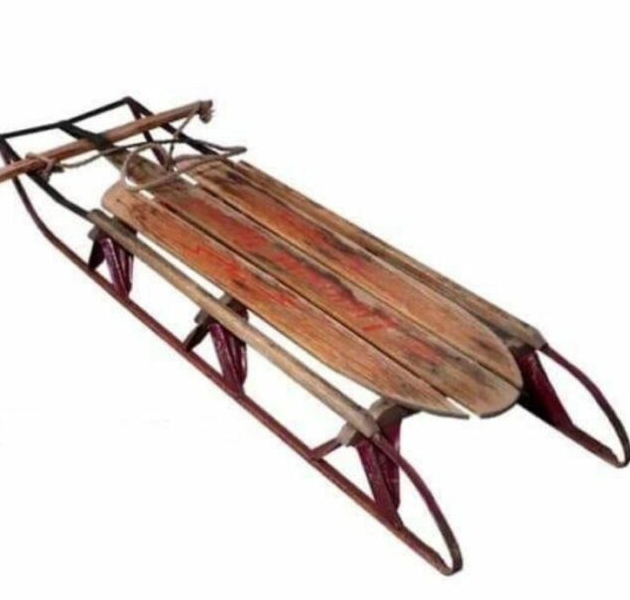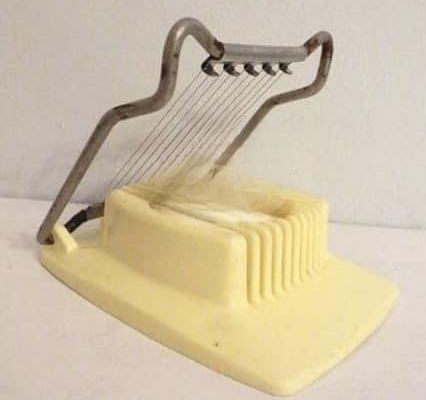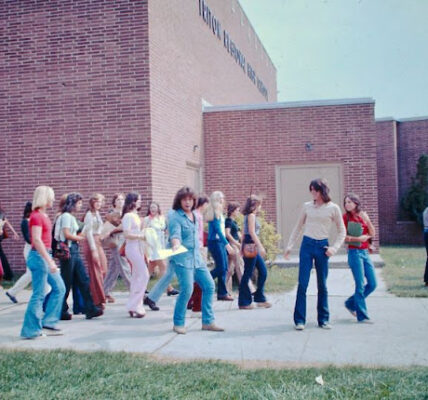If you grew up in a snowy climate during the mid-20th century, you probably remember the excitement of sledding on a vintage wooden sled. It wasn’t just an ordinary toy—it was the centerpiece of winter fun, a must-have for households across the country. Whether as a cherished holiday gift or an essential piece of winter gear, the vintage wooden sled captured the hearts of children and adults alike. So, let’s take a nostalgic journey back to when this iconic sled ruled the snowy hills.
The History and Evolution of the Vintage Wooden Sled
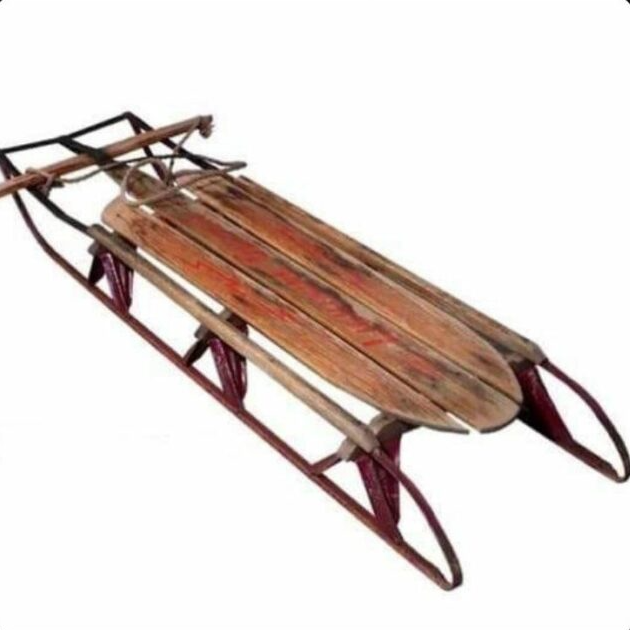
The vintage wooden sled’s origins date back to the late 1800s, evolving from simple wooden boards to the sleeker models of the 20th century. With the rise of industrial manufacturing, sleds became widely available, making them more affordable and accessible for families. By the 1920s and 1930s, these sleds had become synonymous with childhood winter fun, often passed down from one generation to the next.
One brand that helped popularize the wooden sled was Flexible Flyer, founded in the early 1900s. Their sleds were designed with wooden slats for the body and steel runners underneath, making for smooth, fast rides. This straightforward yet effective design made them durable enough to withstand many winters, earning the trust of parents seeking quality toys for their kids.
Sledding: A Beloved Winter Tradition
Sledding was more than just a pastime; it was the ultimate winter tradition. The first snowfall of the season would send kids racing outside, vintage sleds in tow, eager to conquer the steepest hills. The thrill was undeniable—running starts, daring leaps onto the sled, and the icy wind on your face as you sped downhill. The rides were exhilarating, whether you went solo or piled on with friends or siblings.
But sledding wasn’t just about the adrenaline rush; it was also a social event. Neighborhood kids gathered at the top of hills, taking turns, cheering each other on, and sharing laughs over wipeouts. These winter adventures not only built lasting memories but also fostered friendships and a sense of community, all centered around the simple joy of sledding.
The Sturdy Design of the Vintage Wooden Sled
The enduring appeal of the vintage wooden sled lies in its sturdy yet simple design. Crafted from hardwood, the sled was built to withstand the wear and tear of countless snowy rides. The steel runners beneath the sled helped reduce friction, allowing for faster and smoother movement. The crossbar at the front served as a basic steering mechanism, giving riders a sense of control as they navigated the snowy slopes.
The vintage sled wasn’t just for fun; it was also practical. In rural areas, families used them to transport firewood, groceries, or other essentials during heavy snowfall. This multifunctionality added to the sled’s appeal, making it a useful tool as well as a beloved winter toy.
Fascinating Facts About the Vintage Wooden Sled
- Racing Heritage: The vintage wooden sled was not just a child’s toy; it was also used in competitive sledding events. Local sled races were popular in many communities, with kids competing for speed, distance, and glory. Prizes were often awarded, adding an extra layer of excitement to this winter tradition.
- Cultural Symbol: The sled became a cultural icon, featured in classic films, literature, and holiday postcards. From nostalgic scenes in “A Christmas Story” to winter illustrations on greeting cards, the sled represented the quintessential American childhood winter.
- Collector’s Item: Today, the vintage wooden sled is a sought-after collectible. Antique shops and online marketplaces often feature these sleds, fetching high prices—especially those in good condition or made by famous brands like Flexible Flyer. Restoring old sleds has also become a popular DIY project, preserving a piece of winter history for future generations.
The Decline of the Wooden Sled and Its Legacy
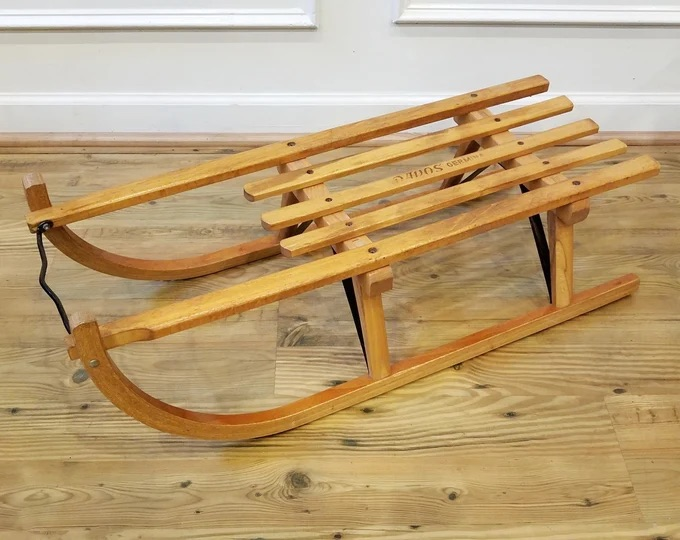
As technology advanced, the classic wooden sled faced stiff competition from newer models. Plastic and inflatable sleds, lighter and cheaper, became popular in the late 20th century. While these modern sleds offer convenience, they lack the nostalgic charm and sturdiness of the wooden sleds of the past.
Despite its decline, the vintage wooden sled remains a beloved symbol of simpler times. For many, seeing one sparks memories of rosy cheeks, snowball fights, and the thrill of racing down a snowy hill. It’s more than just an object; it’s a piece of history that captures the essence of wintertime joy.
Why the Vintage Wooden Sled is a Timeless Treasure
The vintage wooden sled isn’t just a toy; it’s a cherished part of winter history. It played a vital role in creating cherished memories—whether it was sledding races, cozy moments around the fireplace, or even using it as makeshift transportation. Those who still own one often treat it as a family heirloom, a tangible link to past winters filled with laughter and adventure.
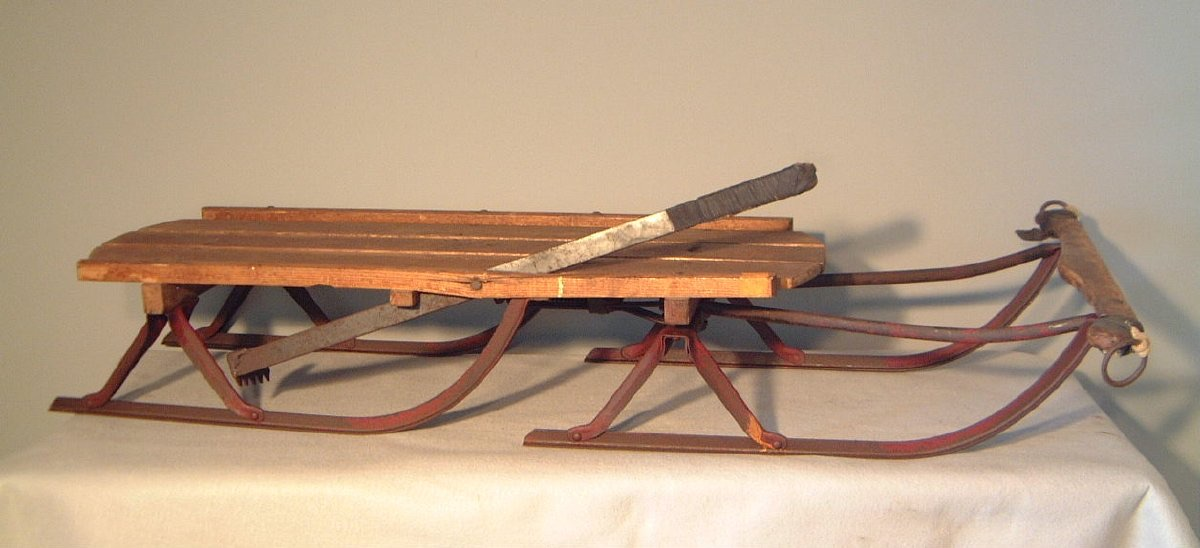
Even today, the vintage wooden sled can be found in some homes, either passed down through generations, repurposed as rustic decor, or lovingly restored for future use. Its simple design, iconic red frame, and wooden seat are reminders of a time when winter fun was all about bundling up and embracing the snowy outdoors.
Conclusion: A Winter Classic That Endures
The vintage wooden sled remains a timeless symbol of mid-20th-century winters. Its sturdy design, combined with the joy it brought to children and families, secures its place in history. While modern sleds may dominate snowy hills today, the classic wooden sled continues to hold a special place in the hearts of those who grew up with it.
For many, the sight of a vintage wooden sled brings back memories of childhood wonder—when winter days were filled with laughter, adventure, and the satisfying sound of metal runners slicing through fresh snow. It’s a nostalgic reminder of a simpler, more carefree time—one that lives on, even after the snow has melted.
